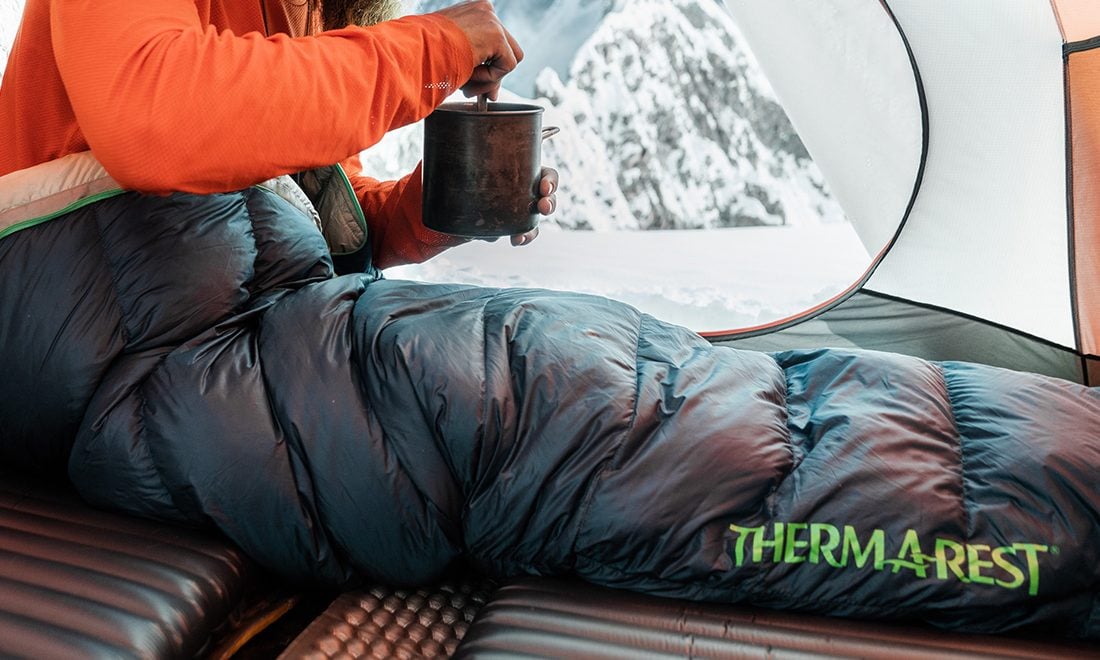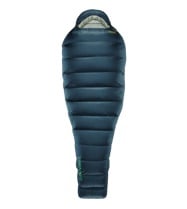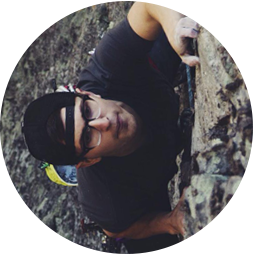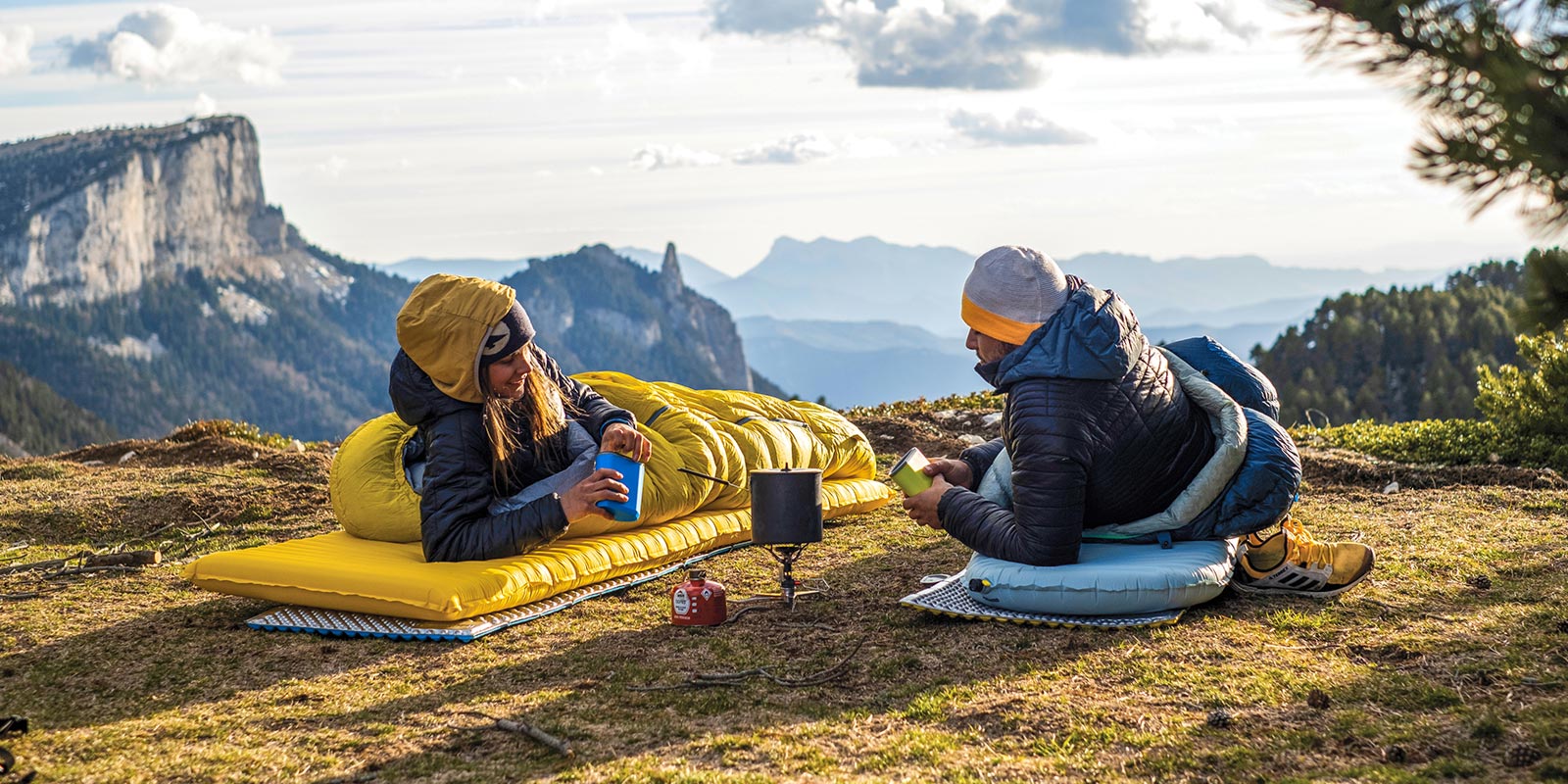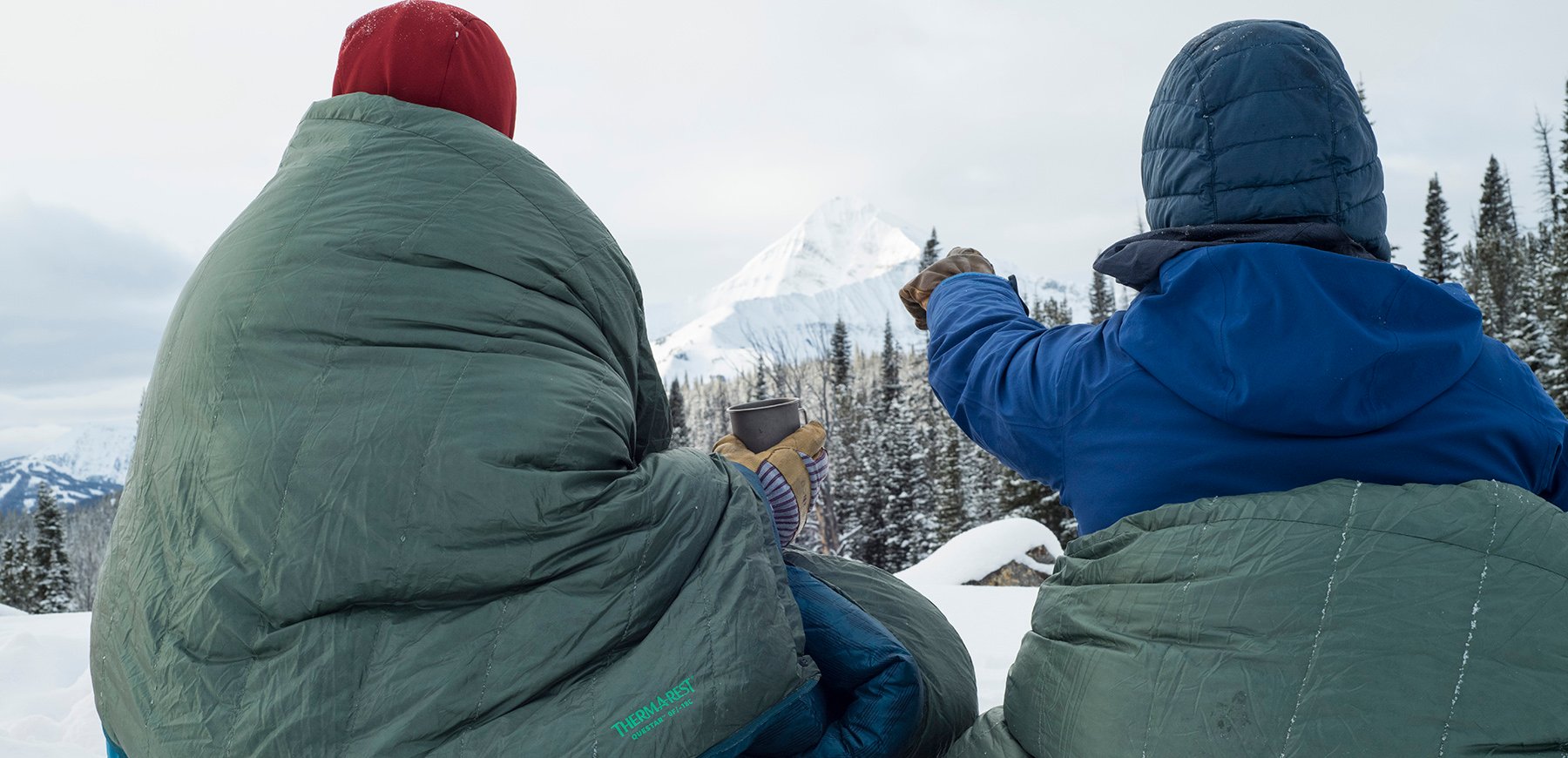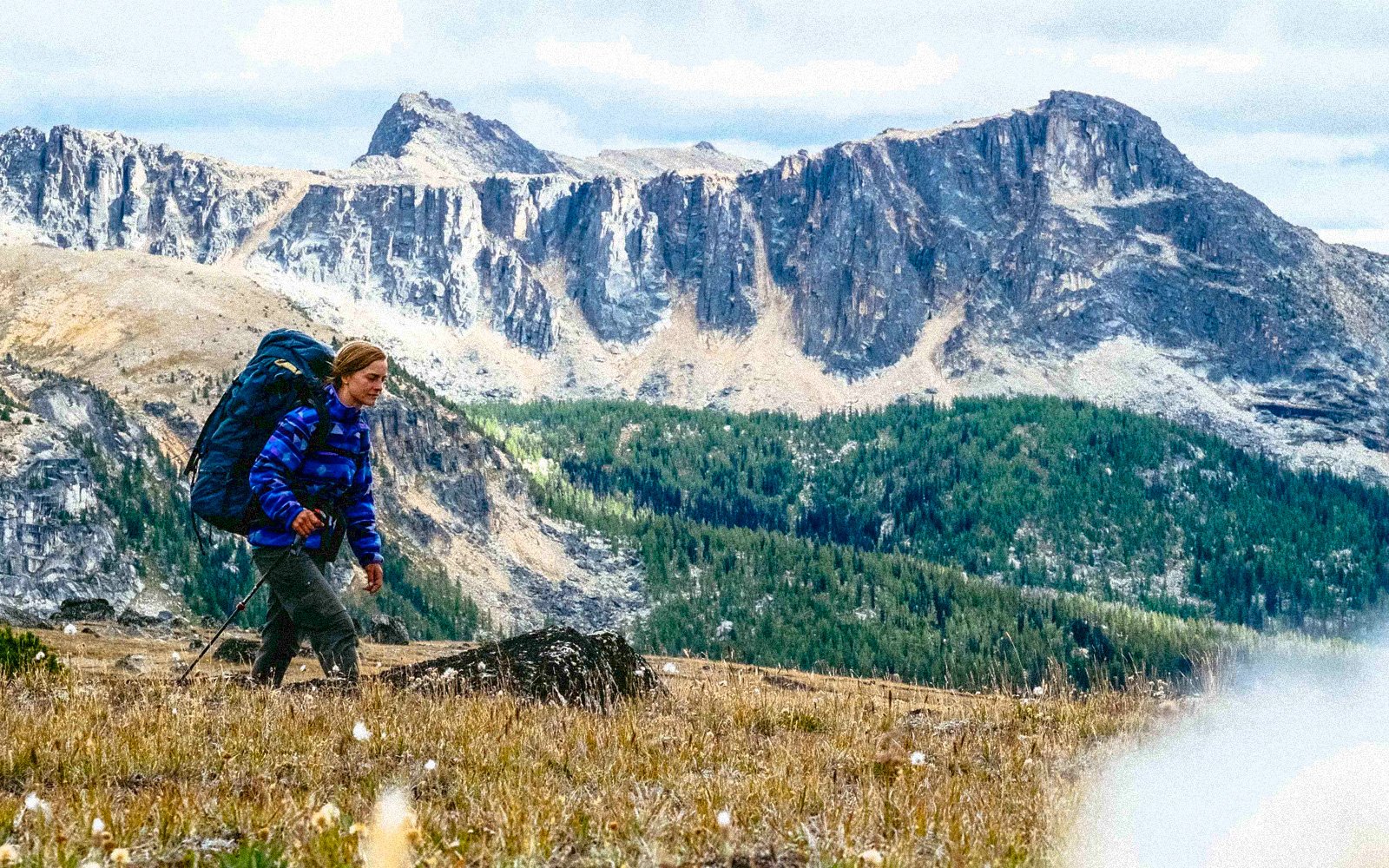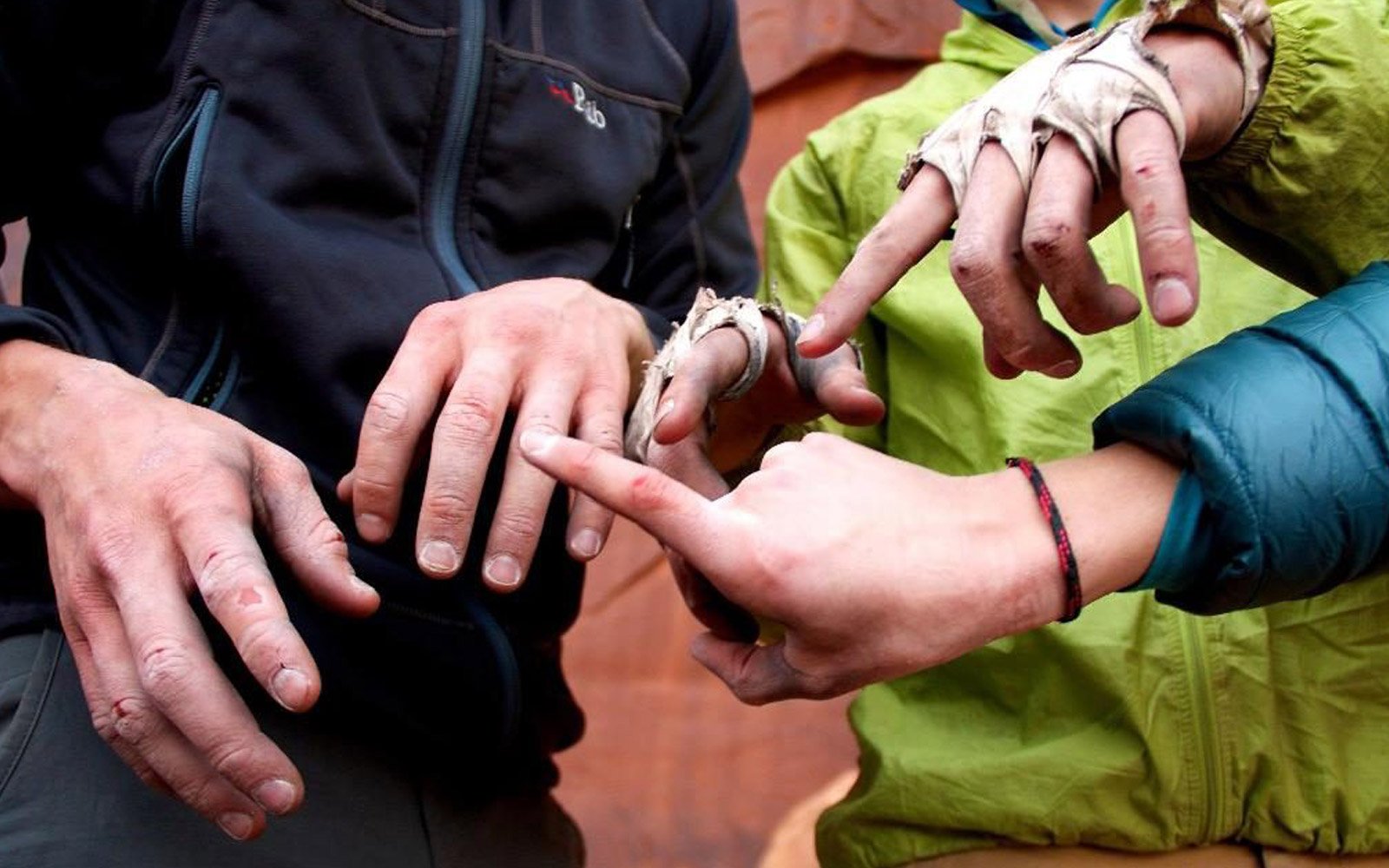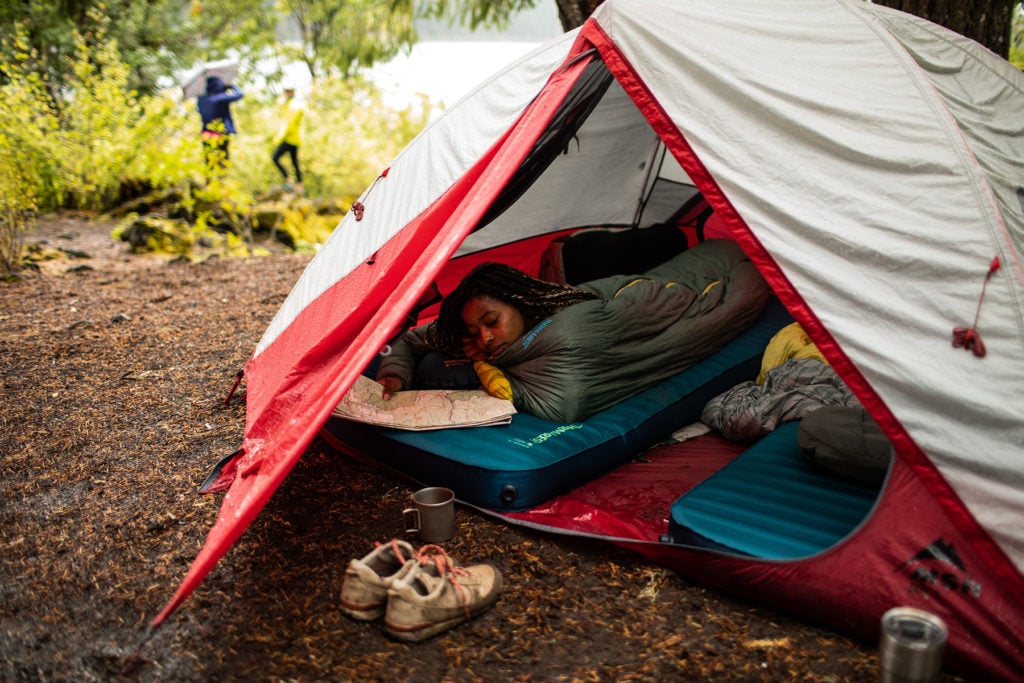If you aren’t a skier, snowshoer, or ice climber, winter can symbolize the end of your outdoor season. The frigid conditions, pricey gear, and technical knowledge are huge barriers to entry, or at least they used to be.
“Three-season” is a term the outdoor industry uses to describe a vast array of products. The phrase promises versatility and adventure for the majority of the year. My primary sleeping bag and tent are both described as three-season. They have accompanied me on countless trips throughout the spring, summer, and fall. However, there is one problem: there are four seasons in a year.

5 Tips for How to Prepare for Winter Adventures
Winter is a tough season in the outdoors. Venturing into the hills can pose avalanche danger, and navigation can be difficult, if not impossible, during a whiteout. Your body burns more calories working to stay warm and simple tasks like setting up camp or getting water are more involved. Plus, it’s freezing, which I’m pretty sure is a -2 on the fun scale.
Could these reasons be enough to take a couple of months off? Is this annual panic warranted? I don’t think so.
The days of bunkering down for the winter are behind us. It’s time to take advantage of the fourth season, and with these five tips for how to prepare for winter adventures, we hope you think so too.

1. Get Trained
If you want to start adventuring through the winter months, you have to know what you are up against.
Will you be in avalanche country? Will you need to build a snow shelter?
After an initial assessment, we recommend finding classes or demos to match those conditions. Outdoor education classes are becoming readily available and worth the investment. What you learn can mean the difference between life and death, or at best, the difference between being comfortable and suffering.
Even better than finding a class is hiring a guide. A trained UIAGM guide can teach you more in a day about safe travel in the winter than you could learn all season on your own. You could also try finding a mentor. Doing so is not as straightforward, but generally results from you investing yourself in a community that is engaged with what you are wanting to learn. This could look like striking up a conversation at the local gear shop with staff, or volunteering your time with organizations that take people outside and run classes. This will give you access to instructors and experts to befriend and learn from.
Mentors will pass tips and tricks that they have learned over the years that might not be a part of a course curriculum. They will also spend several trips with you, reviewing old lessons while teaching new ones. On the other hand, instructors will cover certain topics in-depth and will leave you with a clear scope of knowledge. As a beginner, soak up as much information as you can, but make sure you do not do anything that seems unsafe, above your skill level, or that makes you uncomfortable.
2. Get Equipped
The right know-how ought to be paired with the right gear. A mentor, class instructor, or knowledgeable gear-store employee can help equip you for a winter spent outside. In the winter, appropriate gear becomes even more of a safety and risk management issue.
The good news is that a lot of your “three-season” equipment can carry over to the fourth season.
In lieu of buying a winter-specific sleeping bag, try pairing your bag with a technical blanket or quilt. The Corus Quilt is a fan favorite since it’s ultralight and uses Nikwax Hydrophobic Down™ to keep you warm and dry. Sleeping bag liners are another great way to add a little extra warmth to your bag.
4-season tents are built to deal with heavy snow loads, high wind and extreme cold. If these factors are not going to be an issue, your 3-season tent will likely work just fine.
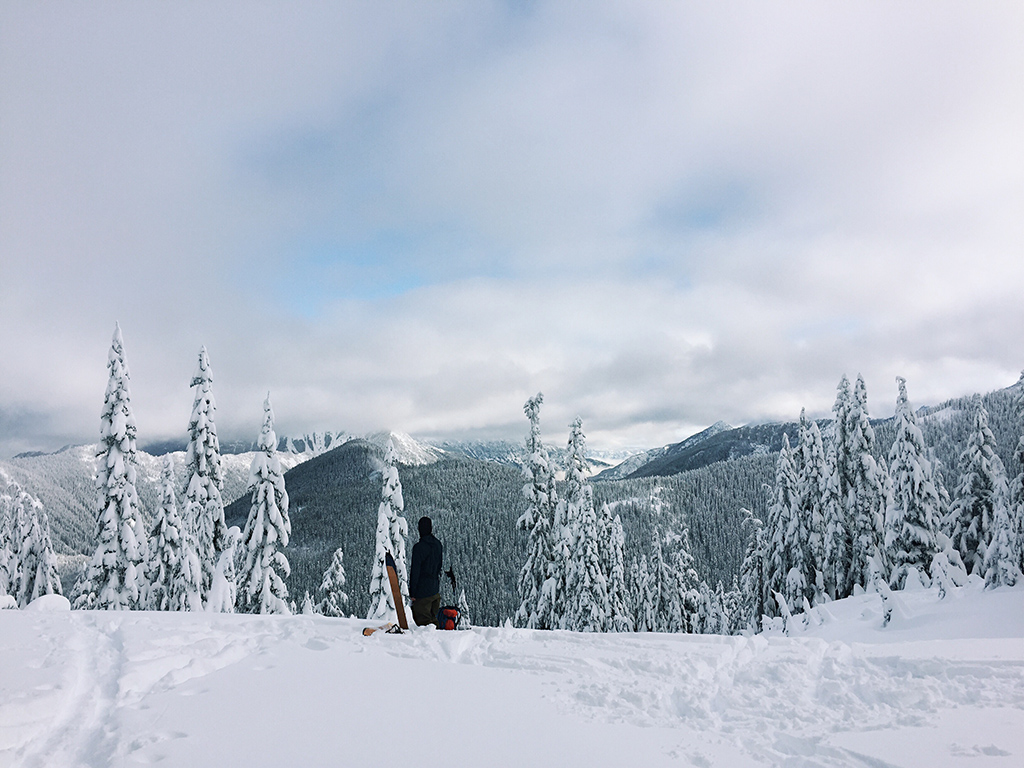
3. Get Moving
While it may be a frigid winter where you live, it’s prime conditions elsewhere. Head to warmer areas around the country and experience a completely new landscape. You can find cheap flights thanks to unpopular travel periods around the winter holidays known as “holiday dead zones.”
Who knows, you might just find your new favorite mountain biking spot or running trail.
4. Get Creative
If the knowledge and gear are still out of reach, consider getting a little creative during your fourth season. Find the trails that do not get snow-covered. Research crags that get all day sun for a pleasant day of climbing. Keep a close eye on the weather to find those windows of opportunity. There are plenty of options in your own backyard if you know where to look.

5. Get Psyched
Your last-ditch effort to make use of the fourth season is a not-so-secret approach used by generations of explorers and adventures when met with adverse conditions. The one and only step to this process is to just get psyched.
Just because it’s thirty degrees does not mean you have to leave the bike and take the bus. Just because your feet might get a little wet from snow doesn’t mean you can’t do your usual trail run. The dark and cold do not have to be reasons to turn away from our daily routine, so long as we are not compromising safety.
The spring and summer days will get closer with each passing day, but in the meantime let’s keep the adventure going. After all, there are four seasons.
See you out there!
Related Posts:
- 4 Winter Camping Safety Tips for All Skill Levels
- 5 Winter Camping Myths – Debunked
- 26 Tips for Winter Camping Around the World
Updated. Originally Published November 26, 2020.
